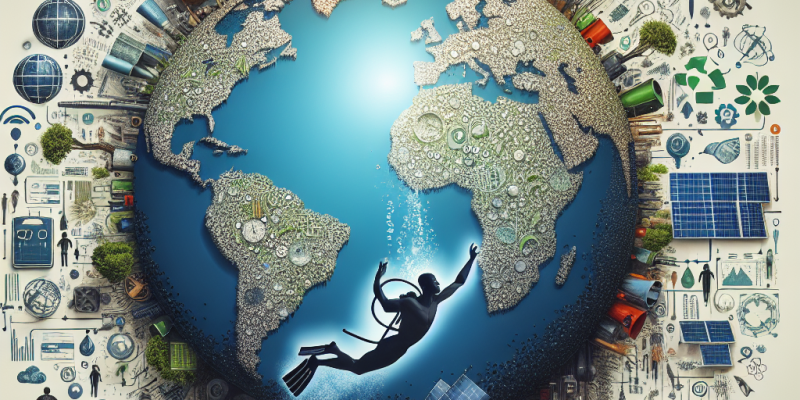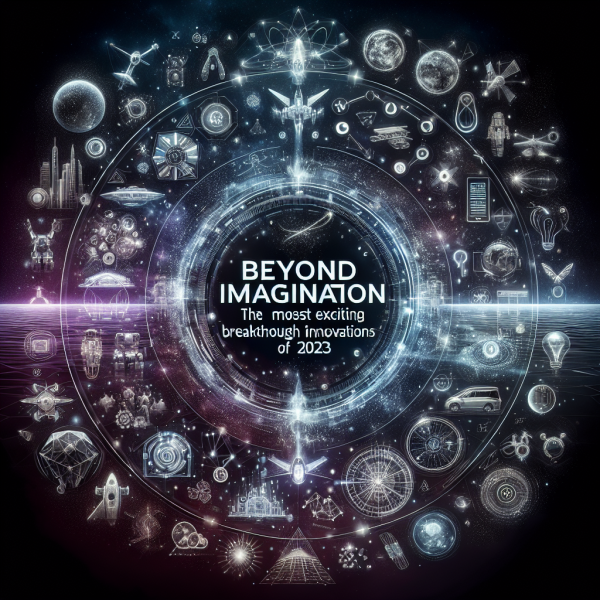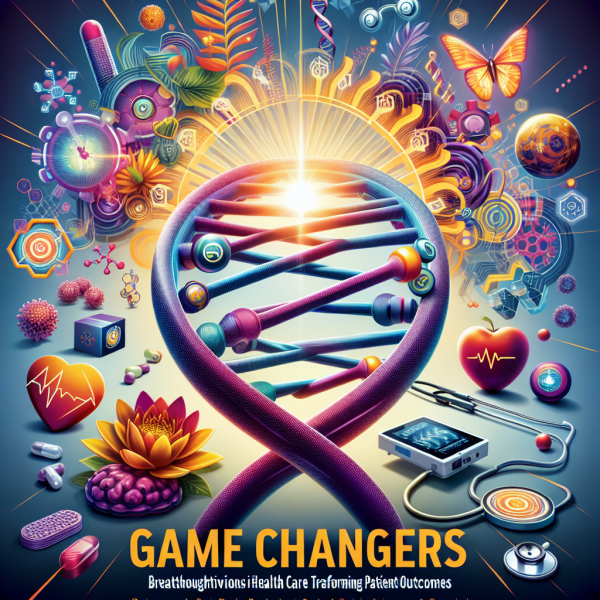A Deep Dive into Sustainability: Analyzing Green Practices Across Industries

A Deep Dive into Sustainability: Analyzing Green Practices Across Industries
Sustainability has transitioned from being a buzzword to a requisite pillar for businesses across industries. As the impacts of climate change become increasingly evident, organizations are under mounting pressure to adopt practices that protect the planet while also satisfying a growing base of environmentally-conscious consumers. This article takes a deep dive into various industries, highlighting key green practices, the challenges they face, and case studies that serve as benchmarks for sustainable operations.
1. The Manufacturing Sector: A Case for Circular Economy
The manufacturing sector, known for its high resource consumption and waste production, is leading the charge towards a circular economy—a model that emphasizes reusing materials and minimizing waste. Companies like Patagonia and Interface have adopted practices that extend the life cycle of products. Patagonia’s Worn Wear program encourages customers to return old clothing for repair and resale, thereby reducing waste and fostering a culture of sustainable consumption.
Challenges: Despite the evident benefits, many manufacturers grapple with high initial costs, supply chain complexities, and a lack of consumer awareness. Transitioning to sustainable practices requires investment in new technologies and retraining staff.
2. Energy: Embracing Renewable Sources
Energy production is among the highest contributors to climate change, prompting a shift towards renewable energy sources such as solar, wind, and hydropower. Companies like NextEra Energy exemplify how energy firms can pivot towards sustainability, focusing heavily on renewable energy projects, which now contribute over 70% of their generation capacity.
In addition, firms are investing in energy-efficient technologies and smart technologies that optimize energy use. The shift not only reduces greenhouse gas emissions but can also lead to significant cost savings.
Challenges: The transition can be hampered by regulatory hurdles, the need for existing infrastructure upgrades, and public resistance to change. Furthermore, the intermittent nature of some renewables necessitates robust energy storage solutions.
3. Food and Agriculture: Sustainable Practices for a Growing Population
The agriculture sector faces intense scrutiny due to its environmental impact, particularly in terms of land use, water consumption, and fertilizer runoff. Sustainable practices such as regenerative agriculture, organic farming, and controlled-environment agriculture (CEA) are gaining traction.
Companies like Driscoll’s berries and Grove Collaborative are setting standards by employing sustainable sourcing and innovative farming techniques that prioritize biodiversity and soil health. CEA, such as vertical farming, is also emerging as a solution to grow food using far less land and water, significantly minimizing the ecological footprint.
Challenges: Transitioning to sustainable farming practices can require significant investment and may involve retraining farmers accustomed to traditional methods. Additionally, market acceptance and scalability remain challenging.
4. Fashion: The Push Towards Ethical Production
The fashion industry is notoriously wasteful, with fast fashion contributing to vast amounts of waste. However, the movement towards sustainable fashion is gaining momentum. Brands like Eileen Fisher and Stella McCartney are pioneering transparency in their supply chains, utilizing organic materials, and adopting ethical labor practices.
The concept of "slow fashion," which emphasizes quality and longevity over quantity, offers a viable alternative to consumers bombarded by cheap, fast fashion. Rental, resale, and upcycling have also taken root as effective strategies employed by consumers and brands alike to reduce waste.
Challenges: The fast-paced nature of the fashion industry makes it difficult to implement sustainable practices consistently. Additionally, the allure of consumerism and the low prices of fast fashion can overshadow sustainable choices.
5. Technology: Innovations for Sustainable Solutions
The technology sector is pivotal in fostering sustainability across various industries. Tech companies like Google are keen on becoming carbon-neutral, using AI and machine learning to optimize energy use and reduce waste. Innovations in smart grids, IoT devices, and energy monitoring tools enable industries to streamline their operations and minimize environmental impact.
Furthermore, advancements in sustainable materials and nanotechnology present endless possibilities for reducing the carbon footprint in product manufacturing.
Challenges: The technology sector must navigate ethical concerns regarding data privacy and e-waste. As technology evolves, so does the need to ensure sustainability measures are not overshadowed by rapid development.
Conclusion: A Collaborative Future
There is no one-size-fits-all solution to sustainability, and practices vary significantly across industries. Yet the common thread is an evolving recognition that sustainable operations are not merely a moral imperative but a business necessity. Businesses that invest in green practices not only position themselves to meet regulatory demands but also cater to a conscious consumer base increasingly driven by values.
Collaboration will be key, as knowledge-sharing across sectors can spur innovation and establish best practices. As more companies take the leap towards sustainable practices, a collective movement towards a greener future may not only be crucial for the planet but could also foster remarkable economic opportunities. The journey towards sustainability is complex and fraught with challenges, but the rewards—both for the environment and for businesses—are well worth the effort.














